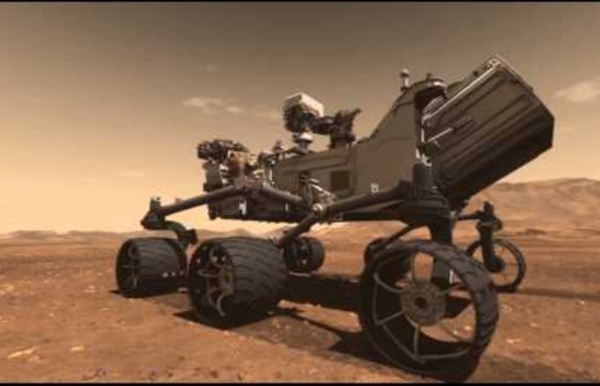



ISS להיות מדען עם פרופסור דן Make a Star Finder Make a Star Finder Make a Star Finder. Learn your way around the night sky by finding some of the constellations. Color or decorate the Star Finder, if you like. Fold it like this: Play the Star Finder game: Stick your thumbs and first two fingers into the four pockets on the bottom of the Star Finder. Then, ask the person to look inside the Star Finder and pick one of the four visible constellations. What ARE Constellations Anyway? A constellation is group of stars like a dot-to-dot puzzle. Other than making a pattern in Earth's sky, these stars may not be related at all. Even the closest star is almost unimaginably far away. Finding the Constellations We see different views of the Universe from where we live as Earth makes its yearly trip around the solar system. The Star Finder charts are for a latitude of 34° N, which is about as far north of the equator as Los Angeles, California. The star charts are maps of the sky overhead.
Sparking Joy in the Classroom with Student-Formulated Questions | Teaching Channel Editor's Note: This is the first of seven blogs from our friends at the Right Question Institue (RQI), a nonprofit educational organization. RQI makes it possible for all people to learn to ask better questions and participate more effectively in key decisions. Their free, easy to use resources have techniques for formulating and asking questions that will engage your students and increase their curiosity. Imagine starting your first unit of the year not with what students know, but with what they wonder. What would your students ask? In classrooms across the country and in different corners of the world, teachers are finding ways to drive learning with questions like these, asked by real-life students: What would happen to the tides if we woke up one morning and the moon disappeared? What would teaching and learning look like if every student in class was asking questions like these? Take a Look at QFT in Action QFT in Action from RightQuestion on Vimeo. The Right Question Institute
La vie des astronautes dans l'espace Vous êtes fasciné par l'espace, le monde des astronautes et de la découverte spatiale ! Surtout quand il s'agit d'entraînement physique pour partir en expédition spatiale ! Comment font-ils pour supporter de tels entraînements ? Quels sont les secrets scientifiques des astronautes ? Pour répondre à toutes vos questions, E=M6 vous dévoile son reportage. Pour éviter d’avoir le mal de l’espace en orbite, les astronautes effectuent sur terre des entraînements quotidiens intensifs. Mots clefs : apesanteur espace astronaute fusée entraînement
Phenomena prev / next emploi du temps iss II-Organisation de la vie dans l'espace Le monde spatial est complètement différent du monde terrestre, comme on a déjà pu commencer à s'en apercevoir dans la partie 1. Maintenant que l'on connaît les raisons qui font de l'espace un monde en impesanteur, il nous faut comprendre comment l'Homme a du s'adapter à un tel changement. Pour cela, nous verrons tout au long de cette partie l'organisation de l'Homme en milieu spatial, notament au sein de structures comme la station spatiale Internationnale (ISS), ou de différentes fusées. 1- Aménagement d’une fusée Nous tâcherons ici d’étudier l’aménagement d’une fusée tout d’abord, précisément l’endroit où se situe l’Homme lors de son épopée vers les étoiles, par le biais du plan de la fusée Saturn V. La photo ci-dessus représente Saturn V sur sa tour mobile sortant du VAB (Vehicle Assembly Building pour les anglophones). Saturn V fut utilisée pour toutes les missions habitées du programme Apollo (à l’exception d’Apollo 7). -Hygiène personnelle
שלושה פרפרי זהב, דף הבית אדמה- (גירסת איורי הגאופיטים) הורדה תצוגה אדמה- (גירסת איורי תירס) הורדה תצוגה הורדה תצוגה פעילות חקר: "מעל ומתחת לאדמה" @@@@@@@@@@@@@@@@@@@@@@@@@@@@@@@@@@@@ הגבעות הכחלות מילים: אוריאל אופק, לחן: דובי זלצר גאולה גיל עברית כניסה קורין מרצ'נד צרפתית כניסה גלגל מזל: אותיות א-ב כניסה כדי להכנס לאנימציה, יש ללחוץ על הכתם האפור, ולהעלות פלש פלייר